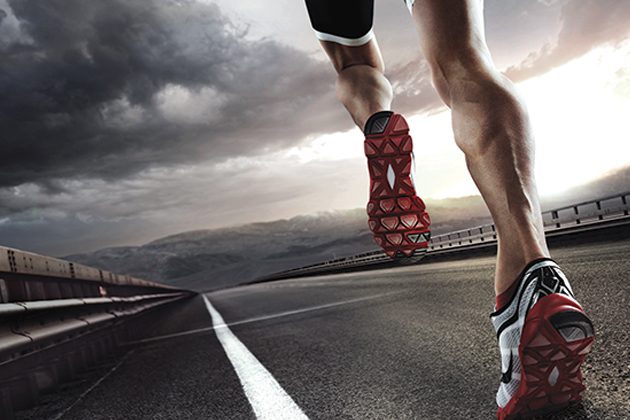This post first appeared on Risk Management Magazine. Read the original article.

When I was 12 or 13 years old, I ran in my first competitive race, a neighborhood 5K that had been organized around the 40th anniversary of my hometown. I don’t remember my time, but I do know that I came in second in my age group, which, even though there were only three runners in my bracket, seemed pretty cool. I also remember throwing up mid-race—and in mid-stride no less—which was decidedly less cool, but possibly instrumental in holding off that third runner. It was a fairly inauspicious beginning, but the moment I crossed that finish line, a runner was born.
It has been decades since that first nauseating race and I have run in many others since, whether as part of school cross country and track teams or later in local road races. I never got sick again, but I have felt like I was going to die more than a few times, which as most runners will tell you, is simply part of running’s charm.
These days, I’m more of an on-again, off-again runner, but I remain fascinated by the competitive side of the sport. So it was with great interest that I followed Nike’s recent Breaking2 campaign, an initiative designed to help a runner break the two-hour threshold for a marathon. Nike equated the goal to a “moonshot” that, like Roger Bannister’s first sub-four-minute mile in 1954, would redefine what athletes were capable of achieving. In order to break the two-hour mark, a runner would need to keep an insane 4:34-mile pace for the entire 26.2 miles, improving on the current world record time of 2:02:57 by 2.41%. This is no small accomplishment—over the past 50 years, records have never improved by more than 1%.
To engineer such a feat, Breaking2 was essentially an exercise in risk management. Nike had to adjust for all the variables that can slow a runner down, like weather, altitude and course configuration, as well as shoes, clothing, hydration, and training and pacing strategies. Nike covered all the bases. They created new shoes to help runners use less energy during a race and compression shorts and body tape to make runners more aerodynamic. They developed hydration gels to keep athletes properly fueled. They helped train three elite runners for the attempt and arranged a race to be held on a flat Formula One racetrack in Monza, Italy, in May, when the relatively cool weather is considered ideal for a marathon. They even developed a strategy in which a rotating team of pacesetters would form a wedge around the runners, not only to ensure that they stayed on pace, but to help cut down on air resistance. While these measures meant that the result would not count as an official world record, the goal seemed within reach.
Alas, the attempt fell short. Two of the runners finished well off the mark at 2:06 and 2:14, but the third, Olympic gold-medalist Eliud Kipchoge, crossed the line at 2:00:25, good enough to be the fastest marathon ever run, but just shy of the goal.
While Kipchoge’s achievement can only be considered a failure in the technical sense—a two-hour marathon is amazing by any measure—the Breaking2 campaign, like any risk management endeavor, reminds us that all the preparation in the world cannot guarantee success. Real life is unpredictable and humans often present risks that cannot be managed. Sometimes workers ignore safety warnings. Sometimes computer users open malicious files. And sometimes a runner is just a step too slow.
When that happens, all we can do is lace up our metaphorical shoes and give it another shot. And hopefully not lose our lunch in the process.
